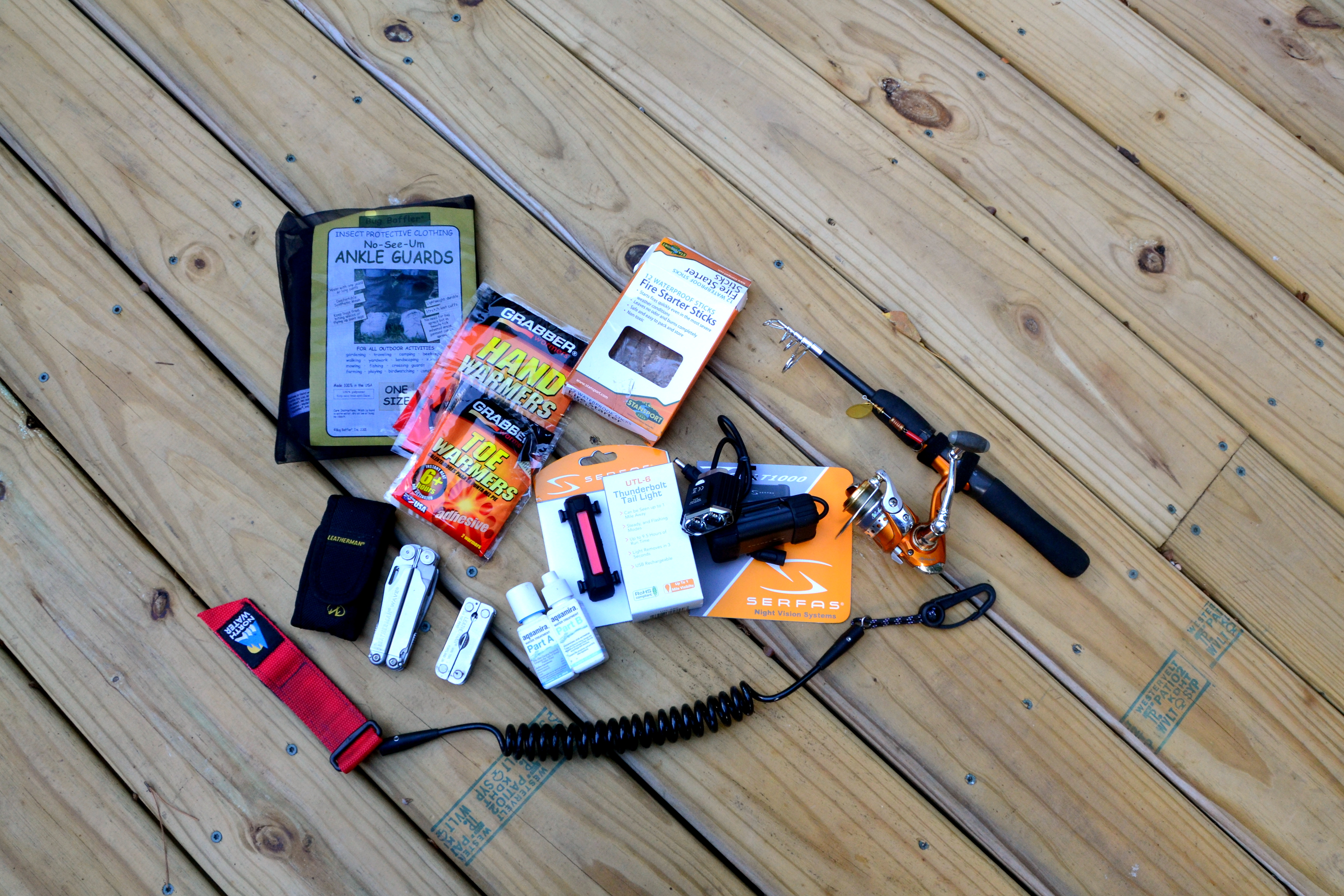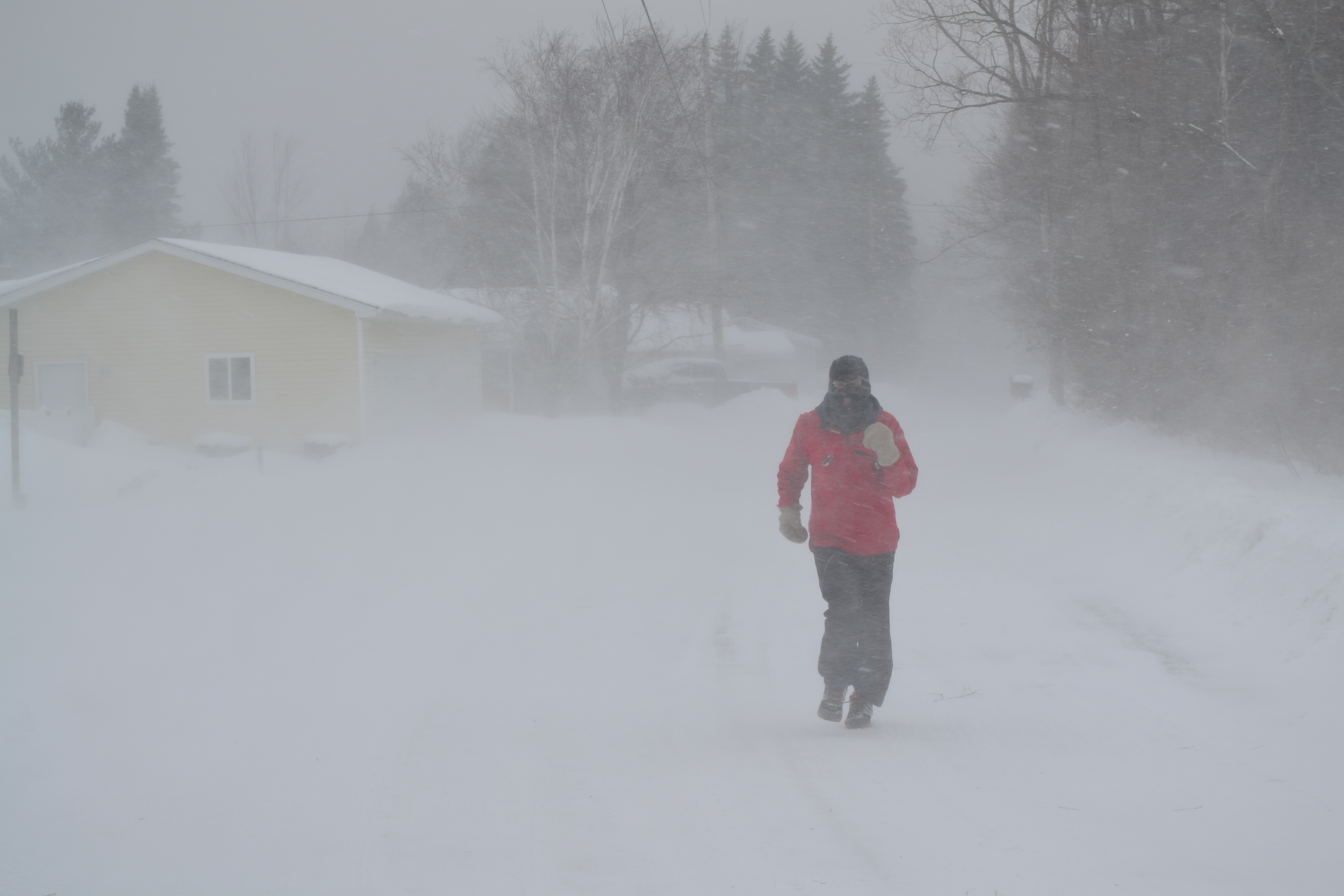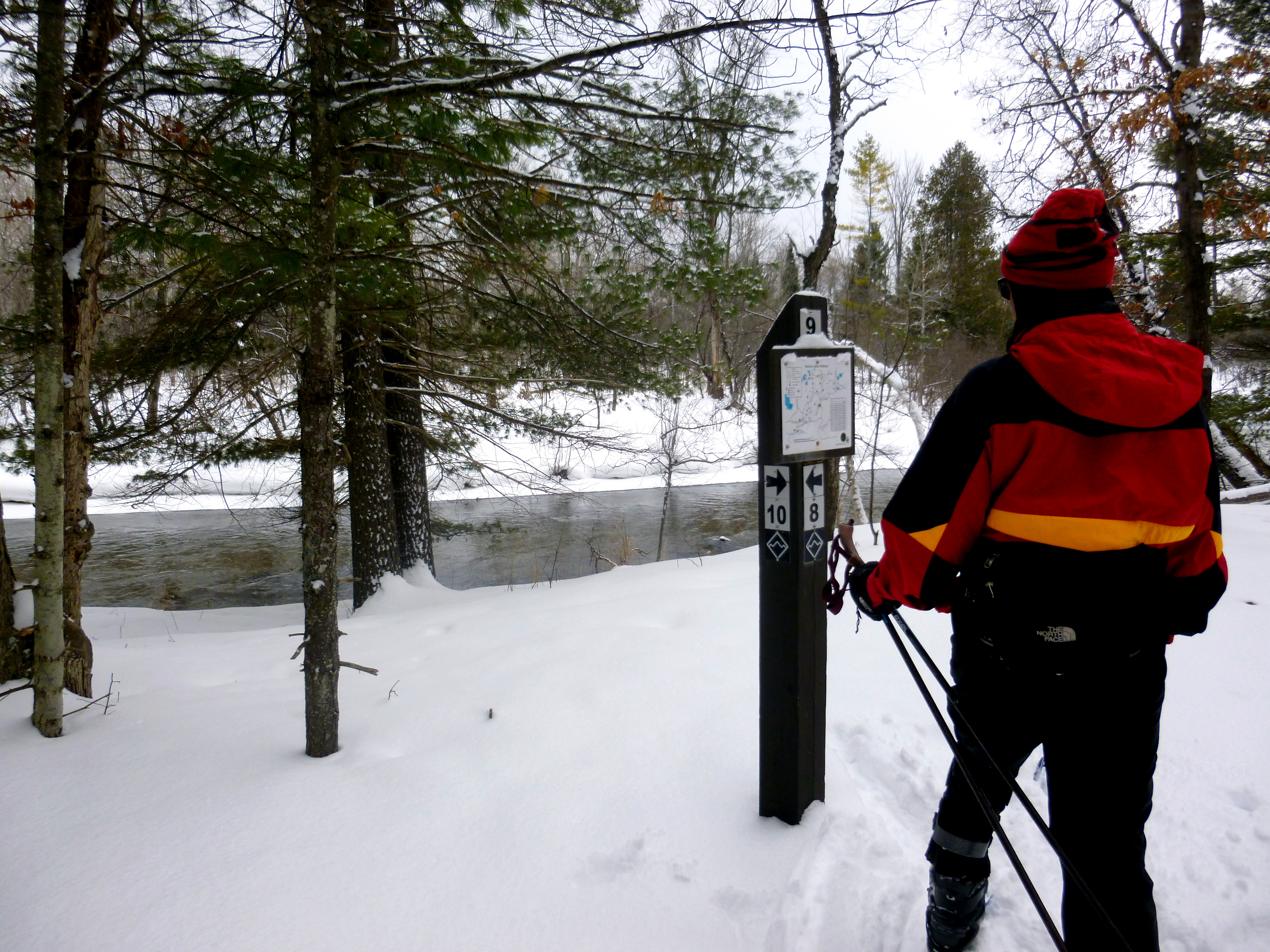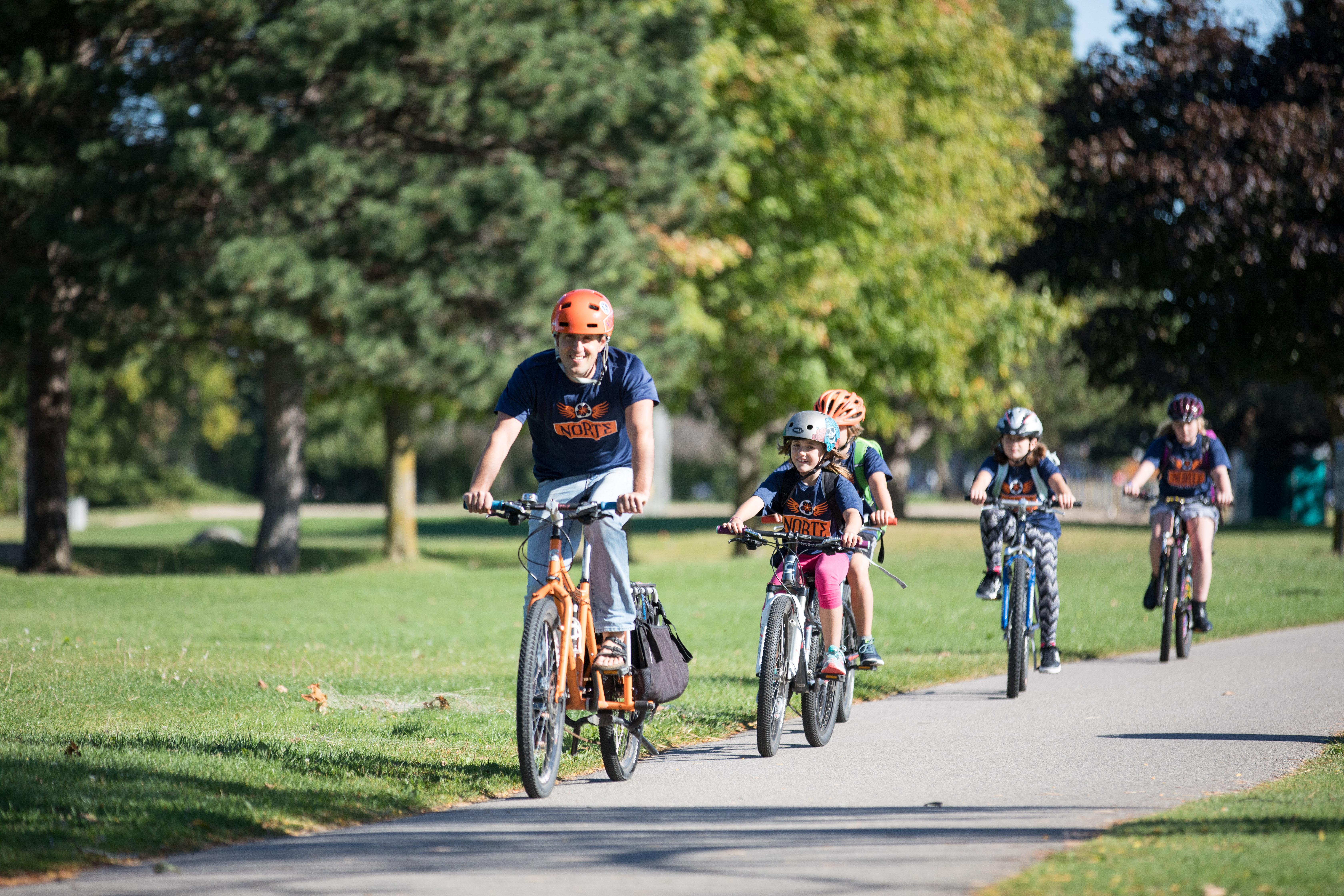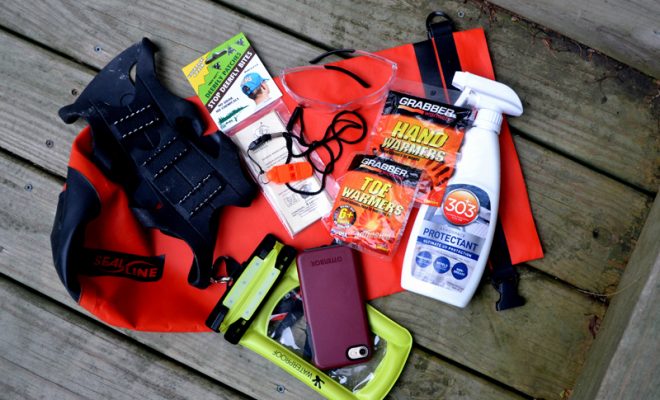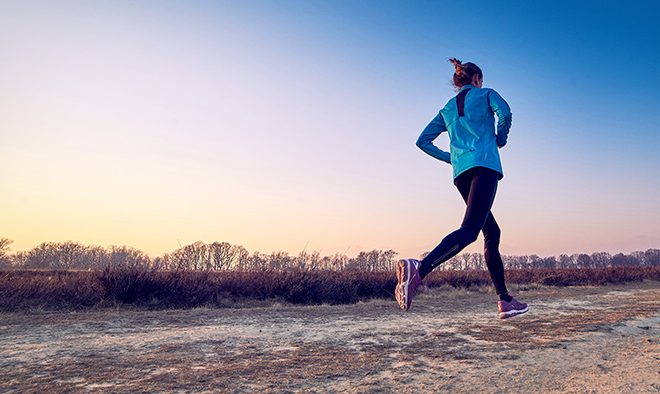Autumn is a great time for camping
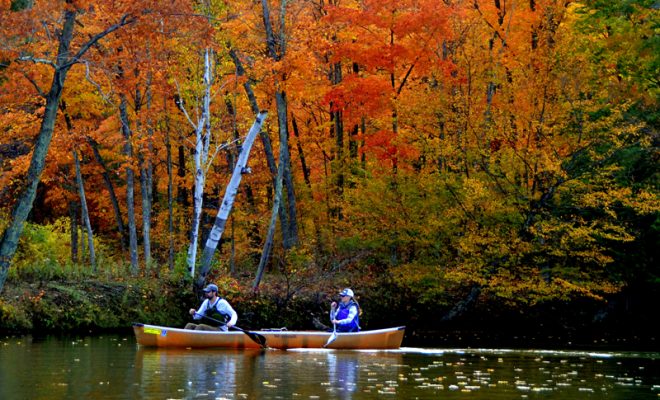
CAMPING
BY DAVE FOLEY
For years, even though we were avid campers during the summer months, by Labor Day, the packs were hung in the garage and the sleeping bags, tents and trip gear was put away. But when we retired from teaching, that changed. After 30 years of watching the fall color show through classroom windows, we would be on the other side of the glass.
The week the school year began in September 2004, we left for 10 days of paddling and portaging in Quetico Provincial Park, carrying on an annual tradition going back 20 years. Two days later, we were 700 hundred miles from our northern Michigan home. There we got our first surprise. In the summer, the parking lot would be filled with vehicles. Today, there was only 6 cars vehicles, and this wasn’t unique to Quetico. We’d see this at most every hiking trailhead as well.
Autumn is not a big season for hiking and paddling enthusiasts. No more worries about having to keep paddling or walking because a choice campsite was occupied.
Along the Pictured Rocks National Lakeshore during the summer, it’s hard to find an unoccupied campsite. Yet, when we hiked there in early October two years ago, most nights our tents were the only ones in most camping areas. Some days we never saw another human.
We didn’t see mosquitoes, either. The cold nights have pretty well zapped the insect population. Most years we never uncap the bug repellent. That annoying skeeter buzzing outside your tent netting is wonderfully absent.
In the upper Midwest as the leaves begin to turn, the temperatures start to fall. Never a fan of hiking or paddling in the sweltering heat of July or August, I rank this as another big plus for backcountry travel. Days in the 50s and 60s and nights in the 40s are the norm but not guaranteed. Last year, significant snow fell along the Lake Superior shore during the first week of October – that, along with high water from all the unexpected precipitation, caused the Porcupine Mountains State Park to close early for the season.
Packing fleeces, mittens, wool hats and long underwear makes sense when heading out during this time of unpredictable weather. It’s not uncommon to see temperatures drop into the 30s or even 20s at night. And of course, have quality rain gear with you and packed where you can get to it in a hurry. Fall storms tend to appear quickly.
Another feature of autumn camping is the presence of wind. When traveling by canoe or kayak in the Great Lakes as well as inland waters, expect to deal with more windy days. On our 10-day Quetico trips, we typically end up being stuck in our campsite one or two days because of poor weather. We schedule our sea kayaking trips in the Great Lakes for June and July to reduce our chances of being windbound at a campsite.
After Labor Day the nights get longer – as a few minutes of daylight are lost each day. By the second week of September along the northern borders of Midwestern states, it’s dark by eight and the sunrise is well after seven.
This is the season when campfires really have a purpose. Blazes lit in the summer – other than roasting marshmallows over glowing coals and providing atmosphere – serve little purpose. In the fall, they are a welcome heat source. Instead of backing away from unwanted warmth provided by an August fire, on a crisp September night you’ll find yourself pulling the log benches up close as you extend your hands toward the flames.
If your fire ring is made with rocks, don’t be surprised if you see mice flitting around the edges. These furry rodents, which are rarely seen in summer, tend to appear on cold nights. I suspect they live among the rocks and vacate their stone burrows when a fire is lit. Even if you don’t see them, they are likely to be foraging around your campsite after dark.
Leave no edibles in your tent or open packs – a mouse chewed through my daypack to get at a sack of granola. Hanging food off the ground or storing it in a sturdy pack or Seal Bag should discourage mice or other foragers such as raccoons, chipmunks or grand squirrels.
As the colors reach a peak somewhere between the third week of September to mid-October, kakeshores lined with brilliantly colored hardwoods and stands of poplar and birch decked out in yellow leaves are an ever-changing backdrop of postcard picture beauty. The autumn sun sits lower in the sky creating a golden light that accentuates color that can result in some amazing photos. For those that can steal away, even if it’s only for a few hours, will discover this is a magical time to be out savoring what autumn brings to the outdoors.


